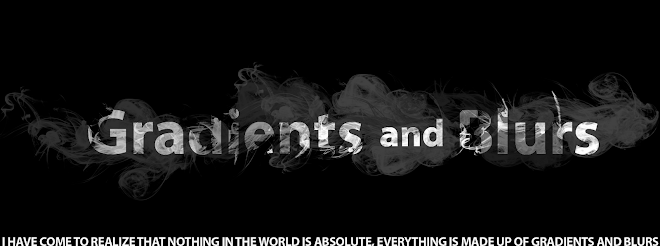World famous architect Frank Gehry is shipwrecked alone on an island without hope of rescue. He needs to build a dwelling for himself. Does he start throwing crumpled pieces of paper for inspiration as he did at his day job? He probably will not. Instead, he starts building with protection and safety as the priority, like the rest of us would. The functions he expects his building to perform have shuffled. What could cause a designer, known for placing form first, to behave in such a different way? Is Frank on an Island a better designer than Frank in Bilbao, the Spanish city of his world famous art museum?

Mr. Gehry has not changed. He has only reevaluated his situation, something we all do when making decisions. The difference between Frank on an island and Frank in Bilbao is the resources that can be invested. Guggenheim Bilbao costed 1.27 billion USD, construction lasted for 4 years, and hundreds of people were involved in the design and construction. Frank on an island has about one day, found materials, and only himself. When he decides what the building should functionally return to him, he must consider the resources he can invest.
There is a direct relationship in Architecture between the investment and the return.
The resources we can invest include money, time, materials, knowledge, and calories. As all architects know, the amount varies from project to project. The "Frank on an Island" hypothetical uses resources as the variable to present the effects that it causes when it changes.
The return that architecture provides comes in the form of functions, resell value, and sentimental value. Because our values are perceived, they differ from one person to another. Frank on the island is anticipating the returned value from investing in shelter and safety.
When we make good decision we are trying to maximize our returned value. Frank believes investing in shelter and safety will return greater value than if he invested in inspirational forms. In Bilbao, when resources are high, he believes aesthetics are the best way to increase the value of the building. The value of safety and shading can only provide value to a point before it becomes excessive.
Naturally, resources can be divided and invested in different functions. One can have a bathroom and invest in the appearance of it. Functions working together like this can result in a more economical use of resources.
It is important to remember the relationship between investment and return because neither can truly be evaluated without knowledge of the other. One cannot judge the value of shelter, safety, or form without knowledge of the resources required. This is an idea often lost in architectural criticism.
If Frank Gehry designs good architecture, then it will produce the most amount of return for the resources invested. This is true on an island and in Bilbao.



